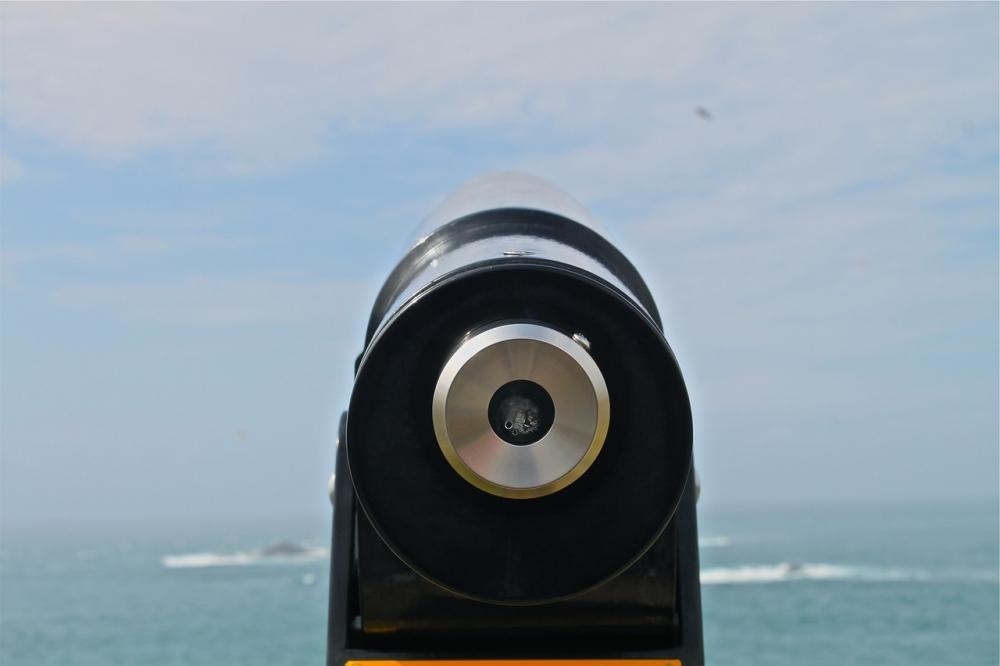BNY Mellon: November 2000
BNY Mellon: November 2000

By Simon Derrick: Chief Currency Strategist, BNY Mellon
By Simon Derrick: Chief Currency Strategist, BNY Mellon
Talk about election recounts in Florida brings to mind how markets performed back in November 2000 during the month-long recount in the state.
Given the current fragile state of risk sentiment, it’s worth considering events back then a little further.
Between April 1993 and November 2000, the Fed Funds Rate had risen by 330 bps relative to headline inflation. By this point the USD Index was up 43% from its lows, while the S&P 500 had more than doubled in price.
Early warnings about the longevity of the equity market rally had begun to emerge as far back as March of that year, however, when some of the enthusiasm around technology stocks (this was the era of the dot.com bubble) began to dissipate.
Indeed, for a number of technology sensitive Asian indices (such as the TWI and TOPIX), this proved the starting point for the bear market that would dominate the next few years of trading.
Nevertheless, US equity indices did manage to regain some of their composure over the summer while the USD (which had come under pressure against the JPY in March) stabilized.
Renewed pressure on US indices emerged in September 2000 thanks to a combination of rising oil prices (crude stocks stood close to 24-year lows) and rising shorter-term US yields.
By mid-October the NASDAQ Composite had lost a further 30% while the S&P 500 was down 14% from the start of September. However, the publication of some better than expected Q3 results from Microsoft, AOL and Nokia on October 18 provide the catalyst for a mild recovery going into the presidential election in November.
The election proved the real turning point for markets, with a reduced Republican majority in the new Congress and uncertainty over who had won the presidential race leading investors to take an increasingly conservative view towards risk.
This was compounded by stock analysts steadily revising down their profit projections for Q4 and 2001. By the end of November this slowdown was becoming sufficiently pronounced that the WSJ’s Fed-watcher Jacob M. Schlesinger was suggesting that the Fed might shift to a neutral position as soon as it’s December 19 meeting.
Oil prices also began to decline sharply from the end of November.
Although H2 saw the peak for the US equity market and the USD Index came under pressure in December, it took another 14 months before a sharp narrowing in the gap between the Fed Funds Rate and headline inflation finally took its toll on the USD.
Indeed, the USD staged a sharp rally against the JPY from November 2000 all the way through until early 2002 (for reference, the BoJ first introduced QE in March 2001).
While history rarely repeats itself, it’s still interesting to consider recent market activity in light of how events played out 18 years ago, as well as the relative maturity of the equity and USD bull markets.
